#keyline design
Explore tagged Tumblr posts
Text
Master VEO3 video integration in Graphic Design with expert tips on format, compression, overlays, and seamless motion design.
0 notes
Text
Los Angeles Kitchen Dining

Large tuscan ceramic tile and beige floor kitchen/dining room combo photo with beige walls
0 notes
Photo

Have you experimented with swales, basins, keyline design, or other water-saving techniques? If not, what’s stopping you?
#regenerativegardening#soilhealth#learngardening#soilbuilding#organicgardening#gardeningforbeginners#desertgardening#growyourownfood#organicgarden#vegetablegardening#zone9a#tucsongardening#permaculture#gardener#arizonagardening#gardening
8 notes
·
View notes
Text
Looking to advance your career? A digital marketing training institute in Kolkata like Keyline Academy offers the perfect platform to gain in-demand skills. Learn SEO, social media, PPC, and content marketing through hands-on training and expert-led sessions.
Designed for students, professionals, and entrepreneurs, these courses combine theoretical knowledge with practical experience. With certifications and real-world projects, Keyline Academy prepares you to thrive in the competitive digital marketing field.
#keylineacademy#keylineacademydigitalmarketing#digitalmarketing#digitalmarketingkolkata#digitalmarketinginstitute
1 note
·
View note
Photo



Brown greek keylines Socks Designed and sold by tetibright $15.57 $14.01 when you buy any 2+ $12.46 when you buy any 3+
(via "Brown greek keylines" Socks for Sale by tetibright | Redbubble)
0 notes
Text
0 notes
Text

Elevate your digital footprint with Keyline Digitech Pvt Ltd, the premier Digital Marketing Company in Kolkata. Our skilled team designs bespoke strategies for local triumph and global influence. From mastering SEO to creating engaging social media campaigns, Keyline Digitech Pvt Ltd guarantees your brand's prominence in the digital realm. Collaborate with us to transform your online persona and lift your business to unprecedented levels, where creativity merges with strategy, paving the path to digital brilliance.
#digital marketing#best digital marketing company in kolkata#digital marketing company in kolkata#best digital marketing agency in kolkata#keyline digitech#keyline digital marketing#kolkata#kolkatadiaries
0 notes
Text
Discover how every modern logo design company in Kolkata is using AI vector tracing to deliver faster, scalable brand identities.
#logo design company in Kolkata#seo#digitalmarketing#keylines#ppc#emailmarketing#seo companies in kolkata#keyline digitech#website design services in kolkata#whatsappmarketing#keyline
0 notes
Text

This thread was a response to questions about how to build soil. I look at the big picture what helps soil grow & end with a discussions about how towns & cities might be designed to help.
So there’s so much to cover in how to repair things. I’m going to do a slow thread on how the designed and built environment can be directed to soil building and climate repair.
1st thing to think about is what is soil? For brevity i’m going to say soil is the culturing of weathered rock with a food web of microorganisms that leads to making rock nutrients solvable &stores them along with organic carbon. (Soil scientists i know i’m over-simplifying)
I’m talking about aerobic souls formed with oxygen rather than anaerobic. Wetlands souls are amazing and do good. But there are reasons to focus in aerobic for now. (I’m a huge fan of wetlands and pond systems too)
Too much water and too much compaction removes oxygen. The system switches to anaerobes that live by yanking Oxygen off of soil nutrients, making them smell bad and able to leave the soil. They also produce alcohols that prevent plant roots from growing.
So this kind of soil needs: enough air, water, contact with plants (that feed it with sugars and proteins made with photosynthesis and CO2 exuded from their roots.)
Rock weathers into subsoil without a lot of big life, when plants interact with it they build living subsoil through their roots and the accumulation of organic matter on top.

Living soil is protective. So it actually protects the subsoil from some of the processes that speed up formation. Which is why in natural conditions it can settle into a very slow rate of production.
We have been running civilizations in the use of this built up soil. Turning it killing fungi and structure to get bacterial blooms that feed out Annual crops.
This leads to Erosion rates more similar to mountain systems then the low lands where the soil formed. We are burning through our soil to grow and crash quite a few civs
You have to understand. The buffering capacity of our plants souls* could have handled the CO2 from fossil fuels. Only what we used fossil fuels for was to increase erosion, change the balance of water runoff, deforest, and plow over the grasslands every April. 8/?
*Sorry about the autocorrect to soul. Lol
I have to be off-line for a spell but I’ll continue with a discussion about how we design to accelerate that soil building process. Including some references in case studies
So i want to introduce a few puzzle pieces. The first is the work of this man PA Yeomans. He was a mining geologist who retired and starting thinking about soil care from a Geomorphologist POV

When he set off to tend his land, the Australian gov provided soil conservation literature focused on contour plowing. Based on the view that soil is precious(it is) but that it’s impossible to speed its production (it’s not)
The main problems with contour based design can be seen from this image by PA. On land contours are not parallel. This slows water but it drains ridges and concentrates water in valleys. Overdrying and overwriting soil at the same time. Can even blow out.
PA developed a way of understanding topographic features to organize landscapes so that: water is infiltrated, spread, extra collected stored as high as possible to re-hydrate during dry times. He realized this could be used to organize everything on broad acre farmland
This prob is too dense for Twitter. But imagine land as big ridges between streams and they have smaller ridges and valleys. Imagine the inflection point in those smaller valleys where the land nicks in like a clavicle * in the pic 13/
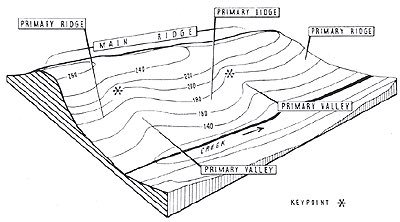
PA called them keyponts and they are : the highest water concentrating point in land, where soils thicken, & any line parallel to this on the land concentrated water above but spreads water below
Now he had a way to organize features. First he placed ponds at those points. Collection drains could be set to collect overland flow and move it into those ponds. Then any roads could follow those drains with minimal impact actually helping water collection.
And bellow, the land could be plowed with a subsoiler that sharpers the subsoil without turning the soil. And he would plow down on ridges and up on valleys which means water spreads.
PAs land:

And here in red are plow lines (or how to organize and water receiving element such as tree rows to spread water along ridges)

Roads, buildings, pasture, agroforestry- whatever could be designed. Roads can also be placed along ridges, Trees get planted along ridges & in valleys and along streams with complete connectivity. And humans move out of valleys to ridges, leaving valleys for soil and wildlife.
This planning process is like adding sourdough starter to flour and sugar and adding just enough water. The subsoil can be reached by water, roots, inoculated by microbes. you can rapidly add feet of topsoil. Keyline farms are amazing. They stop flashy creeks & can repair land
And it should be viewed as appropriate for where people live and farm. Ag land not the giant ranges that could be bison prairies.
So there is more. PAs last book was on how these design methods could be applied to cities and towns. That towns could extend along ridges,roads could direct water into Catchment which could water yards then agricultural & reforested lowlands. He called it “the city forest”
The City Forest by P.A. Yeoman hosted on SoilandHealth.org
Library Rules and Copyright Notice
Think about what this would mean. Human settlements designed so they are collectors of water, human labor, and even humanure, directed towards the generation and care of soils and forestry.
So let’s talk examples. Frederick Law Olmstead designed a number of Stormwater collecting parks Into towns. One of the most famous being Boston’s Emerald Necklace. /24


His son John Charles did something similar when he designed Portland Oregon’s water collecting neighborhood of Lauralhurst. Before the current Stormwater system, Laurelhurst Park was the detention basin.

Next step in the journey Is Davis California in the 80s where Mike Corbett designed village homes a neighborhood designed to handle Stormwater by soaking it in Swales and orchards rather then management systems
https://en.wikipedia.org/wiki/Village_Homes
Here’s a video of Mollison touring the place in the 1990s. https://youtu.be/v_05oRQxssQ I’ve heated that they have managed several very large storm events that flooded their neighbors. All while building the soil and restoring the water table.
Village Homes with Bill Mollison (improved audio)
So:,remember this and this question: what if we really looked for a city that took this approach?
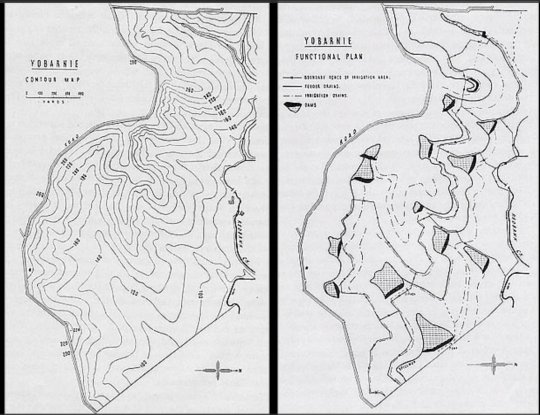
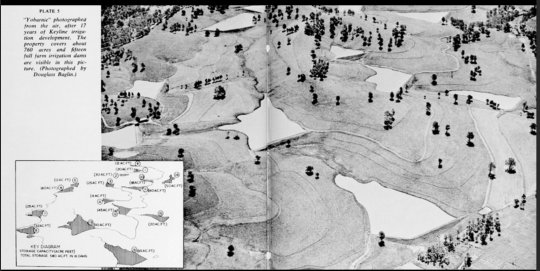
Well, here's Siena Italy which started as a number of little settlements and converged in the hills of Tuscany: that big public square is the Piaza Del Campo- built in the key point of the landscape, The roads collect water into drains and reservoirs under the piazzas.
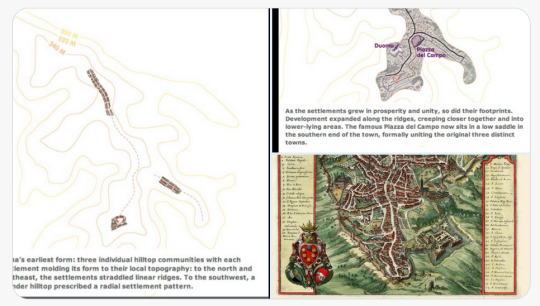
Link to tweet with 3 Images here
28/ if you look at the landscape you see how this hilltown stayed on the uplands and collected water to irrigate the lowlands.

Link to tweet with 4 Images here
Underground passages for water, the 'fountain of the earth' sits at the keypoint, and the lowland valleys are irrigated and saved for soil...
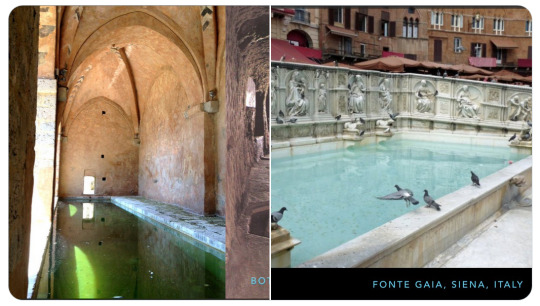
Link to tweet with 2 Images here
more images of siena form GIS models im building
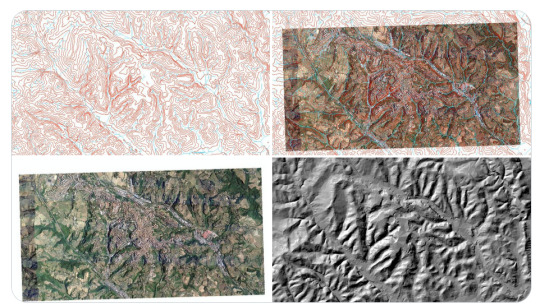
Link to Tweet with 12 Images here
#keyline design#regenerative agriculture#sustainable design#buildsoil#water retention#erosion control#Yeomans#soil health
13 notes
·
View notes
Photo

Have you experimented with swales, basins, keyline design, or other water-saving techniques? If not, what’s stopping you?
#regenerativegardening#soilhealth#learngardening#soilbuilding#organicgardening#gardeningforbeginners#desertgardening#growyourownfood#organicgarden#vegetablegardening#zone9a#tucsongardening#permaculture#gardener#arizonagardening#gardening
4 notes
·
View notes
Text
Keyline Design - Definitions & Examples
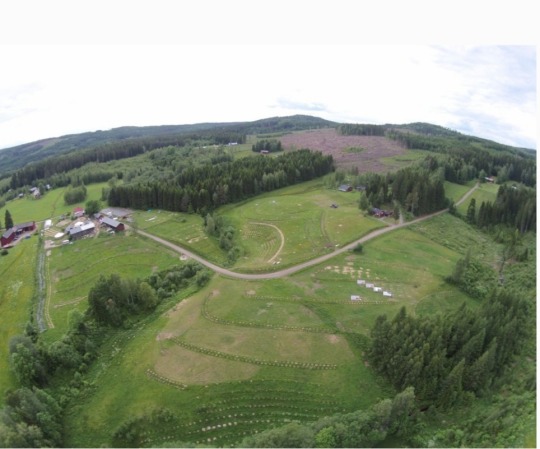
Sweden

US

Mexico
#Permaculture#Water in the Land#Watrr Management#Keyline#Keyline Design#Rainfall Management#Let's Get Healthier
0 notes
Photo
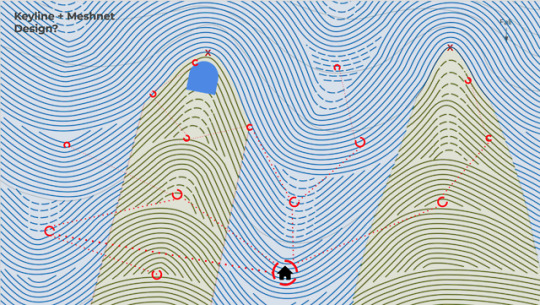
TFW you think your p2pweb berlin talk might have gone off the deep end a little
4 notes
·
View notes
Text
I just wanna make STAMPSSS
#may make a skull design or smth to try#oh i was cleaning out my drawer the other day and i found all my old relief blocks. some of them were reductive so i cant really run anymore#prints off of em but im usually left withthe keyline which is still fine by itself#and ofc i still have a lot of my old prints
2 notes
·
View notes
Text
Reasons why taking a web design course will boost your career by Keyline Academy | May 27, 2023 | Web Design Course in Kolkata
If you want to enhance your career prospects in the digital world, we have some great news for you! A web design course can help you take advantage of an ever-growing industry and provide a solid foundation for your career. In this blog post, we’ll explore the various reasons why taking a web design course is worth considering to boost your career opportunities. From staying ahead of technological advancements to mastering new skills, keep reading this blog to discover how a web design course can help you advance your career!
Read the full blog here - https://keyline.academy/reasons-why-taking-a-web-design-course-will-boost-your-career/
0 notes
Video
Stroke — #graphicdesign #design #logodesigner #logo #marks #transformation #brandingdesign #branding #logomark #simple #modern #illustration #photography #gif #animation #keyline #own https://www.instagram.com/p/BnRib8Bjyqs/?utm_source=ig_tumblr_share&igshid=qhliamderu3r
#graphicdesign#design#logodesigner#logo#marks#transformation#brandingdesign#branding#logomark#simple#modern#illustration#photography#gif#animation#keyline#own
3 notes
·
View notes
Text
youtube
Permaculture instructor Andrew Millison demonstrates how your hand is a map of the basic pattern of landform found throughout most of the planet. He then explains how water travels from source to sink in a Permaculture designed landscape versus conventional civil engineering practices.
The terminology in this video describing the landform: Main Ridge, Primary Ridge & Primary Valley was coined by P.A. Yeomans, founder of the Keyline Plan:
https://soilandhealth.org/book/the-ke...
Andrew Millison’s links:
https://www.andrewmillison.com/
https://permaculturedesign.oregonstat...
#Andrew Millison#solarpunk#permaculture#keyline plan#Main Ridge#Primary Ridge#Primary Valley#P.A. Yeomans#landform#Youtube#water#River#watershed
65 notes
·
View notes